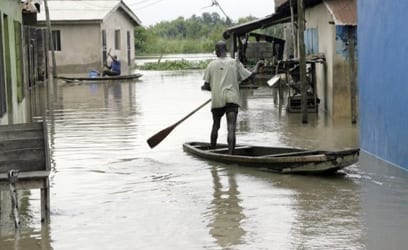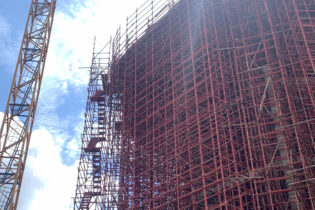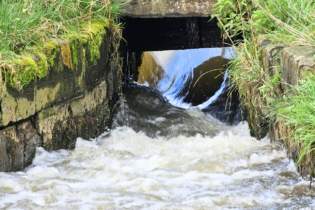 Millions of South Africans have been affected by water restrictions and outages as a result of the drought over the last two and a half years. However, South Africans are not alone. Big cities around the world have also experienced extreme weather conditions that have put pressure on water resources in urban areas.
Millions of South Africans have been affected by water restrictions and outages as a result of the drought over the last two and a half years. However, South Africans are not alone. Big cities around the world have also experienced extreme weather conditions that have put pressure on water resources in urban areas.
Regenerative water services
- Replenish waterbodies and their ecosystems by using or discharging water that is sustainable for the natural environment, while protecting the quality of water sources from wastewater and urban run-off.
- Reduce the amount of water and energy used in moving and treating urban waters, including rainwater.
- Reuse water sources with appropriate treatments, recover energy through renewable resources and recycle “upcycled” materials, such as nutrients or organic matter.
- Use a systemic approach integrated with other services. Consider using parts of a water system and a waste or energy service to create solutions reduce and reuse water.
- Increase the modularity of systems and ensure that there are multiple resource, treatment, storage and conveyance options.
Water sensitive urban design
This step involves the plan to protect and conserve the water cycle to create environments that are ‘sensitive’ to water sustainability, resilience and liveability co-benefits by:
- Planning and implementing urban designs that enable regenerative water services to reduce the water, energy and carbon footprint of housing.
- Design urban drainage solutions to reduce flood risks and plan vital infrastructure to enable quick disaster recovery.
- Enhance liveability with visible water using roadside green infrastructure and major blue-green corridors.
- Adapt urban materials such as roofs, walls, surfaces and roads to minimise their impact on water pollution when exposed to the sun and rain.
Basin connected cities
Taking part in basin management allows cities to secure water, food and energy resources, and can reduce flood risks and enhance activities contributing to its economic health by:- Securing the water resource and planning for droughts by sharing the water with other users of the basin such as the agricultural, industrial and energy sectors as all contribute to the city’s economy.
- Protecting the quality of the water resource to ensure a high quality of drinking water is achieved with minimal treatment.
- Preparing for extreme events such as heavy rains by ensuring that there is adequate vegetation in the basin to minimise flash floods.
Water-wise communities
These principles are about people building on their existing capacities to govern and plan while also becoming “water-wise”. The IWA suggests that this can be achieved by the following groups of people:- Citizens: If citizens are water-wise they can drive sustainable urban planning by understanding risks (flooding/scarcity) and opportunities (resource recovery and reducing dependency on uncertain future resources).
- Professional experts: Experts in various fields such as technology, finance etc. who understand the co-benefits across urban sectors can help plan and implement the best solutions for urban dwellers and businesses.
- A city planning organisation that can identify that all water sources are interconnected with urban water systems can bring together different departments in the city to help implement sustainable urban water systems.
- Policy makers can establish policies and financing mechanisms to drive and enable sustainable urban water through incentivising and rewarding innovative solutions.
- Leaders can enable sustainable urban water through coordination and integration, leveraging effective and efficient governance.
- Vision: A shared city vision will enable people to work together across different scales and disciplines.
- Governance: Good supervision and guidance provide the framework for urban stakeholders to work together, breaking silos to integrate water in all urban spheres.
- Knowledge and capacities: Through sharing success stories from other cities, learning to work differently with new tools, pooling resources, and opening to other sectors’ approaches and methods.
- Planning tools: These tools will allow for assessing risks, identifying benefits and co- benefits of projects, defining levels of service, and ensuring ownership by stakeholders.
- Implementation tools: Quality assurance, equity, transparency, accountability and sound financing, are suggested to provide a solid frame for stakeholders to invest in sustainable urban water.








